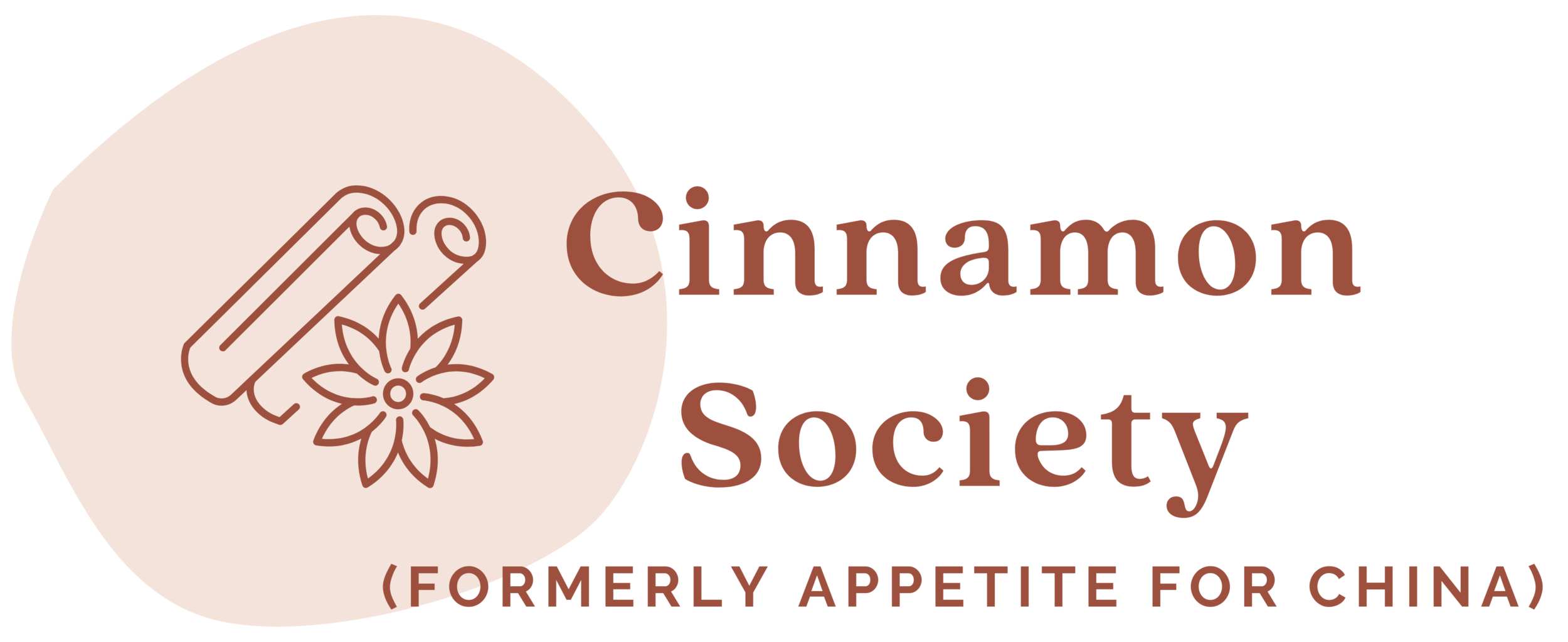Seoul Food, Part 1
 (Bibim naengmyun)
(Bibim naengmyun)
My week-long trip to Seoul turned me from a recreational dabbler of Korean food to a full-on addict. Now that I'm home and about 10 pounds heavier, I can't stop thinking about bibimbap, dakgalbi (pan-fried chicken), bibim naengmyun (cold noodles with Korean chilli paste), among others.
The first thing I ate after landing in Seoul was dolsot bibimbap, presented in a hot stone pot so the rice on the sides become crispy and the raw egg on top cooks as you mix everything. This was at a traditional Korean restaurant in Insadong where the seats are cushions on an ondol wooden floor. A nice experience, but certainly not the most comfortable.
I instantly fell in love with the spicy seafood bean paste stew, which I apparently forgot to photograph in my state of rapture.
 (Dolsot bibimbap)
(Dolsot bibimbap)
(Side rant: As my luck would have it, when I started uploading photos after returning home, my card reader started acting funky and ejected in the middle of the upload. Unfortunately, the mishap caused about 100 photos, including everything from my last day at Noryangjin Fish Market, to disappear. This is what I get for buying cheap card readers in China.)
I ended up returned to Insadong twice more during the trip. The pedestrian thoroughfare is lined with art galleries, restaurants, traditional paper and crafts shops, street food vendors, plus a stall selling Turkish-style ice cream. There was also a man pounding tteok (pronounced "dok"), a bland rice cake whose best attribute is the theatrics in its making.
 (Pounding tteok)
(Pounding tteok)
Many Korean restaurants, at least compared to Chinese restaurants, will either have an English menu or picture menu. However, this was not the case one night as Jacob and I ended up in a restaurant near Guii station, tired and starving. The owner was all too happy to seat us, but then left us with a menu entirely in hangeul (Korean alphabet), without photos or Romanization. Fine, we thought. Just break out the Lonely Planet.
After 30 minutes of comparing the script in the book with that on the menu, we could deduce one thing: that there was beer available. (FYI: Lonely Planet Seoul is one of the worst guidebooks I have ever used, for more reasons than just having a bad language section). Fortunately, a waitress finally noticed our stumped expressions, pointed to some hanguel, and said "bulgogi." Yes, we nodded, please! We ended up with a sizzling and delicious pan of beef, squid, shrimp, peppers, and onions, all doused in Korean chilli sauce. It was quite worth the half hour of utter confusion.
 (Sizzling bulgogi with seafood)
(Sizzling bulgogi with seafood)
Dakgalbi, which I mentioned earlier, is another favorite that is cooked on a sizzling grill pan. This one pictured below is from a restaurant near Konkuk University that specializes in spicy grilled chicken. The onions, leeks, sesame leaves, and cabbage are mixed and cooked in front of you. Mushrooms and ramen are optional. At the end, rice is added and pan-fried. There may be no fried rice dish better than one that is smothered with chilli sauce and almost-charred bits of grilled chicken and onion.
 (Dakgalbi)
(Dakgalbi)
Walking around the streets, you'll notice that Koreans have taken to Western fast food in a big way. Corn dogs, bratwurst, and waffles are ubiquitous. One especially interesting snack is a hot dog rolled in french fries before being fried itself; a heart attack waiting to happen. Korean-style street foods are either fried with tempura or doused in chilli sauce.
You also have to love a city that has sidewalk bars, where you can pull up a plastic stool and get beer, wine, soju, the works.
 (Sidewalk bar in Hongdae)
(Sidewalk bar in Hongdae)
More photos to come. I am crossing my fingers that the fish market photos are not completely lost, but chances seem small.
